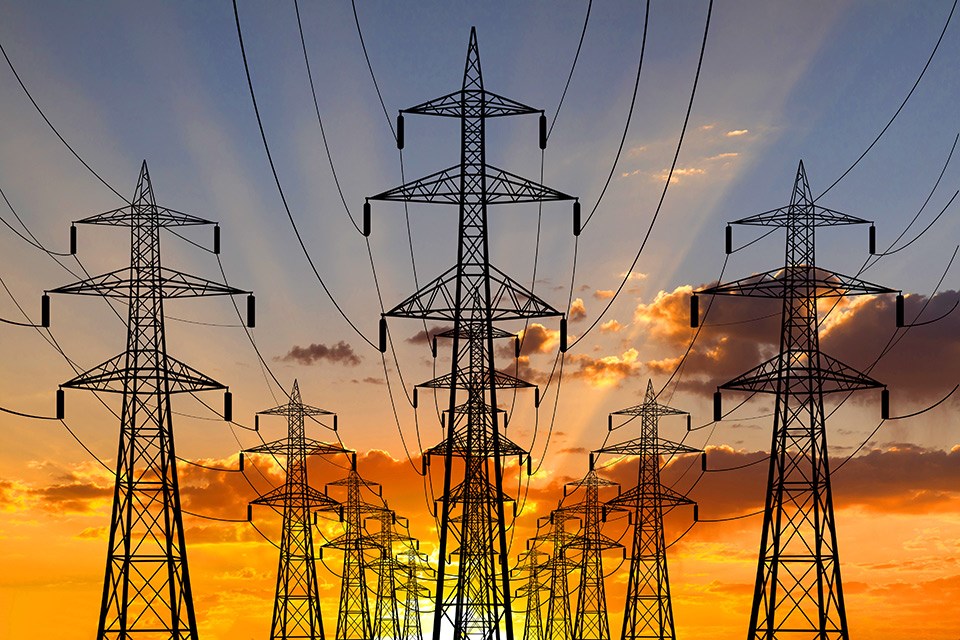Rural Albertans say they’re being penalized by high utility fees and some municipalities are asking the government to step in and equalize costs throughout the province.
Transmission and delivery charges are a significant portion of any energy bill, but because of the low population density and long distance between customers, people in ATCO service areas in rural Alberta pay two to three times more than the rest of the province.
A report commissioned by the City of Grande Prairie earlier this year found that in 2023, residents in ATCO service areas paid about $1,100 per household in delivery charges, compared to an average of $350 in urban centres.
ATCO’s service area includes the majority of northern Alberta and parts of central Alberta.
Dylan Bressey, board member of Alberta Municipalities and Grande Prairie councillor, said this disparity in pricing has an impact on residents and the business sector. And while the economic benefits of the resource industry in rural and remote Alberta are shared by everyone, the burden of paying for the electrical infrastructure that enables it isn’t.
“What it's about is 60 per cent of the electrons that go through ATCO lines are going to industrial sites that are spread all throughout the rural areas of Alberta. And we're asking residents in the ATCO service area to pay for this industry and electrify an industry that benefits the entire province,” Bressey said.
“We're lucky in this province to have a resource industry in every single corner of it that benefits all Albertans. But there's a cost to that that should be equally shared with all Albertans.”
Along with the direct cost paid by residents on their power bills, Brassey said the high utility fees increase municipal taxes and hurt local economies by driving business to more affordable regions. About 36 per cent of the city’s electricity bill last year went to distribution costs, and the report estimates that a ten-storey commercial building in an ATCO area would pay roughly $60,000 more per year than the same building in a Fortis area.
“Living on a border town, I'm hearing from industry constantly about the struggle they have. Electricity is way more expensive on this side of the border than if you go just to the other side of the B.C. border, where the residents in Vancouver and Victoria are paying their fair share of resource extraction in the north,” Brassey said.
In British Columbia, distribution costs are equalized across the province, a system Brassey said could be a model for a modernized pricing scheme in Alberta.
Cold Lake Mayor Craig Copeland said he hears from residents about the increased cost of living, and for seniors and those on a fixed income, utility costs are a huge concern.
“When you're in the rural areas, why are you paying for the for the long distance of the transmission lines? We're being penalized to be in rural Alberta,” Copeland said.
Copeland said the costs might not be a deterrent for large industries like nearby oil sands operations, which often generate a portion of the electricity they require, or the Canadian Forces Base, but it is felt by smaller businesses.
“In our area, not everybody is making a huge dollar. And it's getting difficult to attract workers, especially in the service sector, who want to be up in the north. So, we do need to try to see if we can lower the cost of living,” he said.
Copeland said life is getting more expensive in the region, and suggested there could be better personal tax credit for people living in the north that covers part of the cost of the utility expenses.
If electricity distribution and transmission fees were shared equally by everyone in the province, customers in ATCO service areas would see their bills drop by about $50 a month, while people in Edmonton and Calgary could expect to pay between $11 and $14 more, according to the report presented to Grande Prairie council.
Brassey said there is room for discussion on how to change the current system to be fairer to all Albertans. Some provinces have dedicated rural and urban rates that absorb share more of the distribution cost for people in low population centres, while others have one straight fee.
“The full disparity that exists today isn't fair to us. And again, it's not because we're not willing to pay for the power to get to our houses, but it's that we think everybody should share in powering Alberta's industry. So it doesn't have to be exactly equal. But should be more equal than it is today.”
Alberta Municipalities has been advocating for the province to address the disparity in electricity distribution fees since at least 2019. Brassey said he hopes to get the equalizing distribution costs on the legislative calendar this fall, and that Minister of Affordability and Utilities Nathan Neudorf has indicated this topic is on his agenda.



